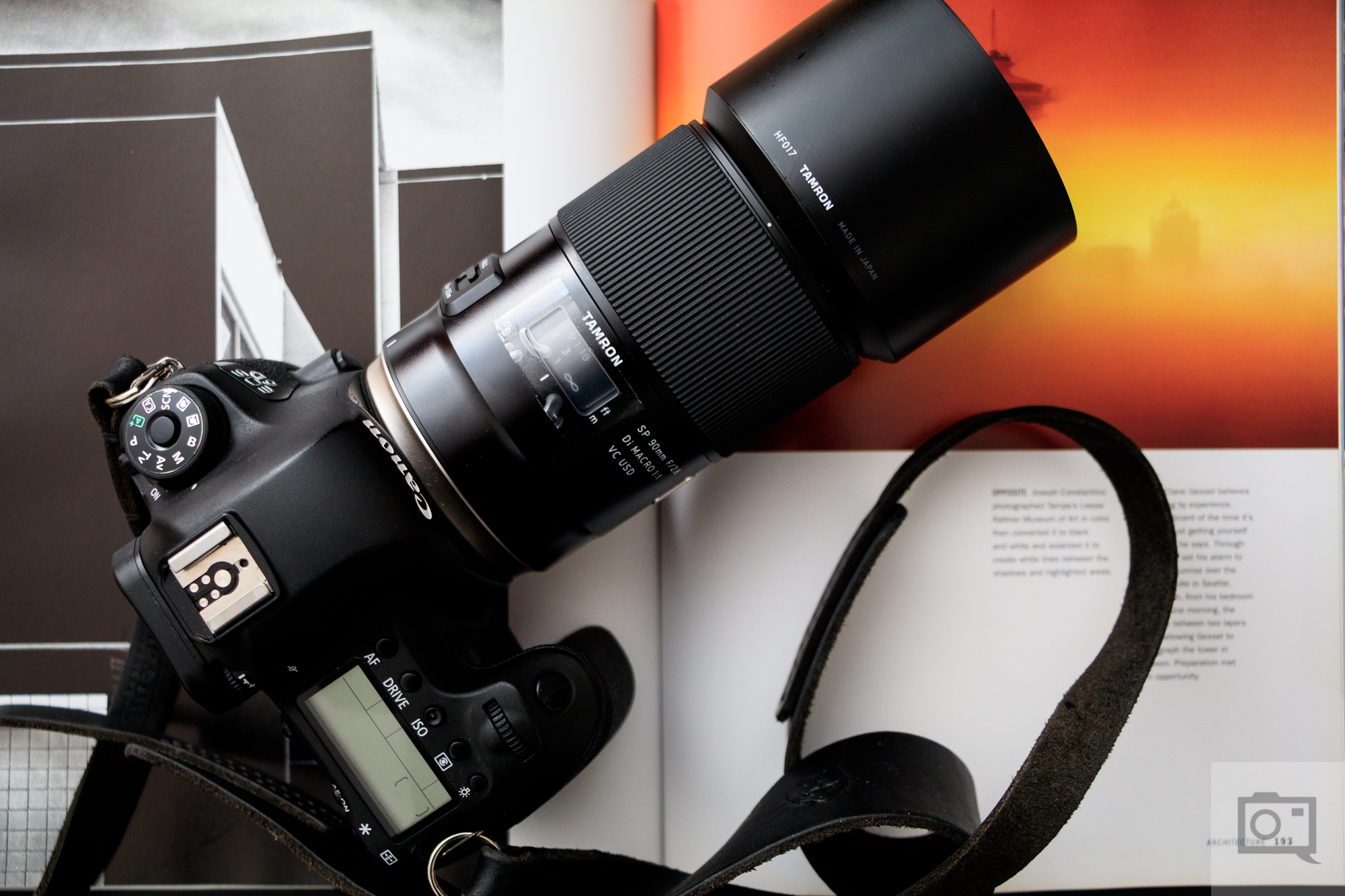Last Updated on 07/16/2017 by Chris Gampat
OK, so you are newer to the world of photography. Maybe you recently purchased your first DSLR or mirrorless camera and you are thinking about adding another lens to your kit outside of the one that came with your camera. You have heard about prime lenses and you are thinking that you may like to add one of them to your kit because your kit lens is a zoom lens.
If this sounds familiar you are at a disadvantage to people going through this even just 3-5 years ago. Camera stores with knowledgeable staff have been dropping like flies and it is harder than ever to be able to go into a store, ask questions, and get some help deciding on new lenses or cameras to buy. Many stores that carry photography gear just hire sales people who can push the product, and many times those people do not know much about the gear beyond the specs listed on the box.
So, we are putting together this little series to help those of you who are newer to photography, to help you figure out what questions to ask yourself about the gear you are thinking of adding to your kit. This should help you make an informed opinion about what gear to consider based on your own needs – which will lead to less money wasted on pieces of kit you would rarely use or need.
What Do You Want To Shoot?
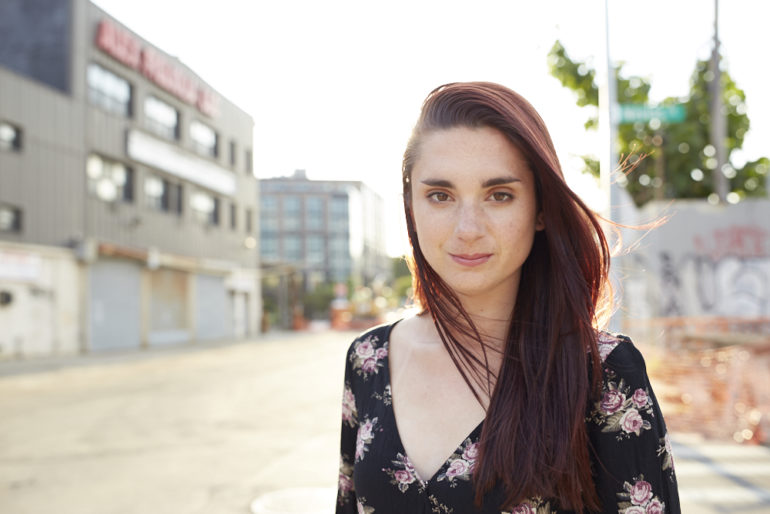
It is very important when you are considering a prime lens purchase to consider what exactly it is you want to shoot with it. If you are wanting to shoot landscapes then a telephoto 200mm lens is probably not the lens to buy. And on the flip side, if you want to shoot portraits, then an 8mm fisheye lens is probably not your best bet.
Look at it this way – how much of the scene do you want in the frame? Wider lenses will show more of the scene and environment, while telephoto lenses will show less of the scene and environment. Smaller focal length numbers (10mm for example) indicate wider fields of view and larger focal length numbers (300mm for example) indicate a tighter field of view.
If you are wanting to shoot portraits then you generally want to live somewhere between 24 and 200mm depending on if you are going for a wider or tighter look. For landscapes, lenses from 12-35mm are a safe bet, unless you are shooting distant landscapes (like mountains far off in the distance). In that case, you will still want a telephoto lens, like a 200 or 300mm.
When Do You Want To Shoot?
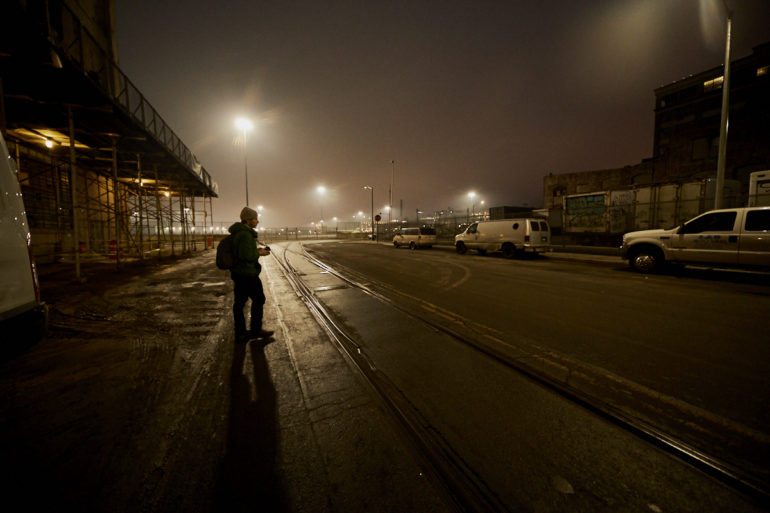
When are you most likely to be using this lens? This is another key consideration to make because if you will be using the lens during the daylight hours, and do not really need to shoot in lower light scenarios, then a slower (higher F number) lens could be a good option for you and be more affordable. However, if you know you will need to be shooting in darker or lower light situations, in a dark house or after sundown for example, then you will need to choose a faster lens (with a lower f-number).
For your first prime lens, you are probably going to want to live somewhere between F1.8 and F4 depending on your performance needs and budget constraints.
Where Do You Want To Shoot?

This is another key consideration. If you are only going to be using this lens indoors then you don’t need to invest in a lens with weather sealing. Additionally, to tie this in with the ‘when do you want to shoot’ portion, if you are shooting indoors most of the time you will want a lens that can collect more light because lighting inside can often be too low for slower lenses.
However, if you are shooting mostly outdoors (during the day at least) the light will usually be more than enough for even a slower prime lens.
What Sensor Size Are You Using?
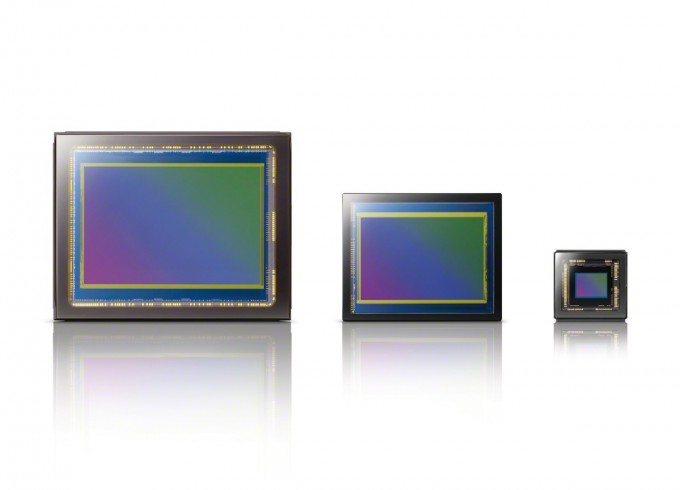
This is obviously not something you can change without buying a different camera, but it is good to know what type of sensor your camera has. This is because a lot of recommendations you may find online are based on a 35mm or full frame sensor size in mind, but if you are using an APS-C or Micro Four Thirds size of sensor, then if you buy a lens focal length recommended for full frame use in a given scenario you will not get the look that was intended with the recommendation.
So, it is important to not only know what sensor size you have but also what sensor size any recommendations you are using are based on. This way you can convert the larger sensor recommendation into one that fits your sensor.
For reference, an APS-C sensor is roughly a 1.5x or 1.6x crop (depending on what brand camera you have) and a Micro Four Thirds sensor is a 2x crop of a full frame 35mm sensor. So, if you read a recommendation for a 50mm lens based on a full frame sensor, that converts to roughly a 33mm lens on APS-C and a 25mm lens on Micro Four Thirds. You may not always be able to find an exact match for the conversion, so if that is the case you go to the nearest focal length to the conversion. On APS-C, using that 50mm full frame example again, your options are usually either a 30mm or 35mm, both will give you roughly the look you are going for; with the 30mm being a tad wider and the 35mm a tad tighter.
Some Recommendations
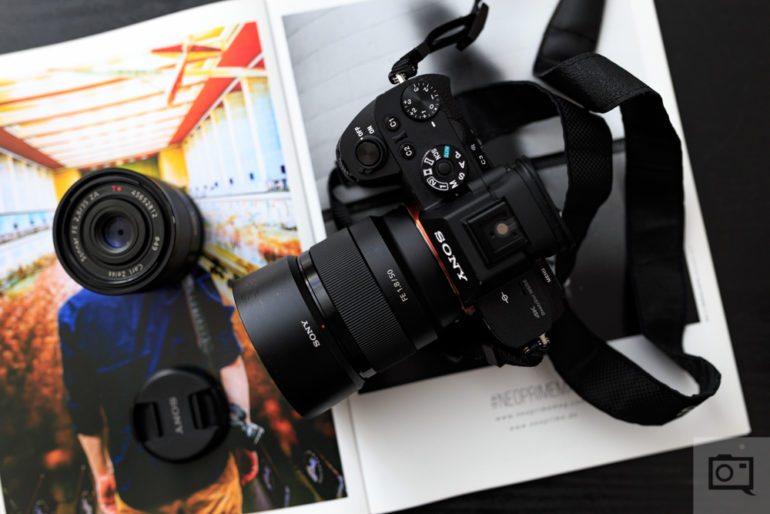
All of the above points considered, if you are truly new, you may not be able to answer all these questions right off the bat. Maybe you are just looking to play with a new prime lens to see how you like it, or need a general use lens – so your answers to most of the questions above are too general to be of much help.
Well, a popular choice for your first prime lens is a 50mm (full frame) because they are fast, affordable, and versatile. But just because they are recommended all of the time doesn’t make them the best choice for everyone. Here are our picks for some good ‘first prime lens’ options for those of you looking. Just remember to keep in mind the questions above when considering them.
Full Frame
- Canon 50mm F1.8 STM ([amazon_link asins=’B00X8MRBCW’ template=’PriceLink’ store=’thephobl-20′ marketplace=’US’ link_id=’c55d5c60-1b21-11e7-963f-611e7a261854′]) – Read Our Review
- Nikon 50mm F1.8 G ([amazon_link asins=’B004Y1AYAC’ template=’PriceLink’ store=’thephobl-20′ marketplace=’US’ link_id=’d67baf38-1b21-11e7-972e-49b78b8eb7b2′]) – Read Our Review
- Tamron 35mm F1.8 ([amazon_link asins=’B014ULAEQ4′ template=’PriceLink’ store=’thephobl-20′ marketplace=’US’ link_id=’dfa6f126-1b21-11e7-a16e-0773262ee391′]) – Read Our Review
- Sony FE 50mm F1.8 ([amazon_link asins=’B01DLMD5O6′ template=’PriceLink’ store=’thephobl-20′ marketplace=’US’ link_id=’e8703d4d-1b21-11e7-9db3-3112dfa6e547′]) – Read Our Review
- Sony 35mm F2.8([amazon_link asins=’B00FSB79KU’ template=’PriceLink’ store=’thephobl-20′ marketplace=’US’ link_id=’d38a661f-1b22-11e7-8703-5f41f8d04b5a’]) – Read Our Review
Crop
- Fujifilm 35mm F2 ([amazon_link asins=’B016S28I4S’ template=’PriceLink’ store=’thephobl-20′ marketplace=’US’ link_id=’a85e272d-1b22-11e7-bb60-2b2997b35b78′]) – Read Our Review
- Canon 35mm F2 IS ([amazon_link asins=’B00A2BVBTG’ template=’PriceLink’ store=’thephobl-20′ marketplace=’US’ link_id=’b39edb93-1b22-11e7-b671-fd7c0aca094f’]) – Read Our Review
- Sony E 50mm F1.8 ([amazon_link asins=’B00EPWC30O’ template=’PriceLink’ store=’thephobl-20′ marketplace=’US’ link_id=’c641365f-1b22-11e7-a08c-019ab5dd135b’]) – Read Our Review
- Olympus 25mm F1.8 ([amazon_link asins=’B00HWRHEC6′ template=’PriceLink’ store=’thephobl-20′ marketplace=’US’ link_id=’ec9125bb-1b23-11e7-9e69-0de401c2375b’]) – Read Our Review
- Panasonic 15mm F1.7 ([amazon_link asins=’B00J8HV6DG’ template=’PriceLink’ store=’thephobl-20′ marketplace=’US’ link_id=’d6d9ccc9-1b24-11e7-8a91-953b0cb27941′]) – Read Our Review


